Megalodon Shark Tooth 4.28 Real Unrestored Indonesian Fossil
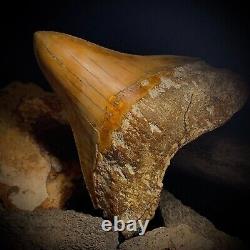
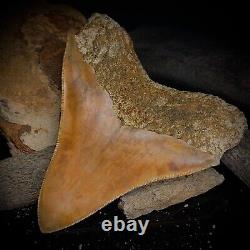
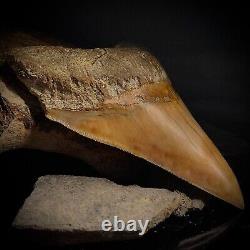
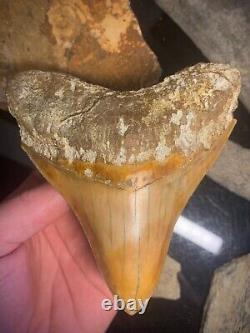
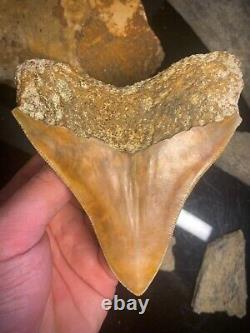
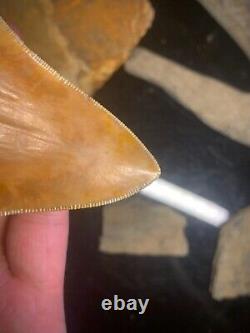
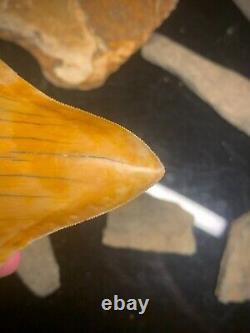
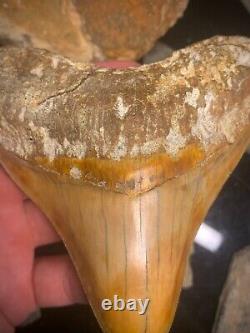


Found in West Java, Indonesia. Negatives: The bourlette is slightly damaged, the root is moderately damaged, the upper blade is damaged on both sides are damaged as well.
Positives: The serrations are razor sharp and the tooth has a beautiful orangish brown coloration! What did the Megalodon look like?
The Megalodon looked very similar to a Great White, but there are are some. Key differences between these two species.
Some of these differences include a. Blunter nose, a more elongated mouth, a longer pectoral fin, and a very major. A good way to really exemplify the size of the Megalodon is to compare it. Again to the Great White. A typical adult Great White measures around 15 feet. An adult Megalodon, however, is believed to have averaged around 50. The Scientific Classification of the Megalodon Shark. When Megalodons were first discovered in 1835, they were placed within the Carcharodon genus.This was because Megalodon teeth have similar serrations to those of Carcharodon carcharias. This original classification was very wrong, Megalodons are not part of the Carcharodon genus and don't even belong to the Lamnidae family! (White sharks) Instead, Megalodons belong to the Otodontidae family and are members of the Otodus genus.


